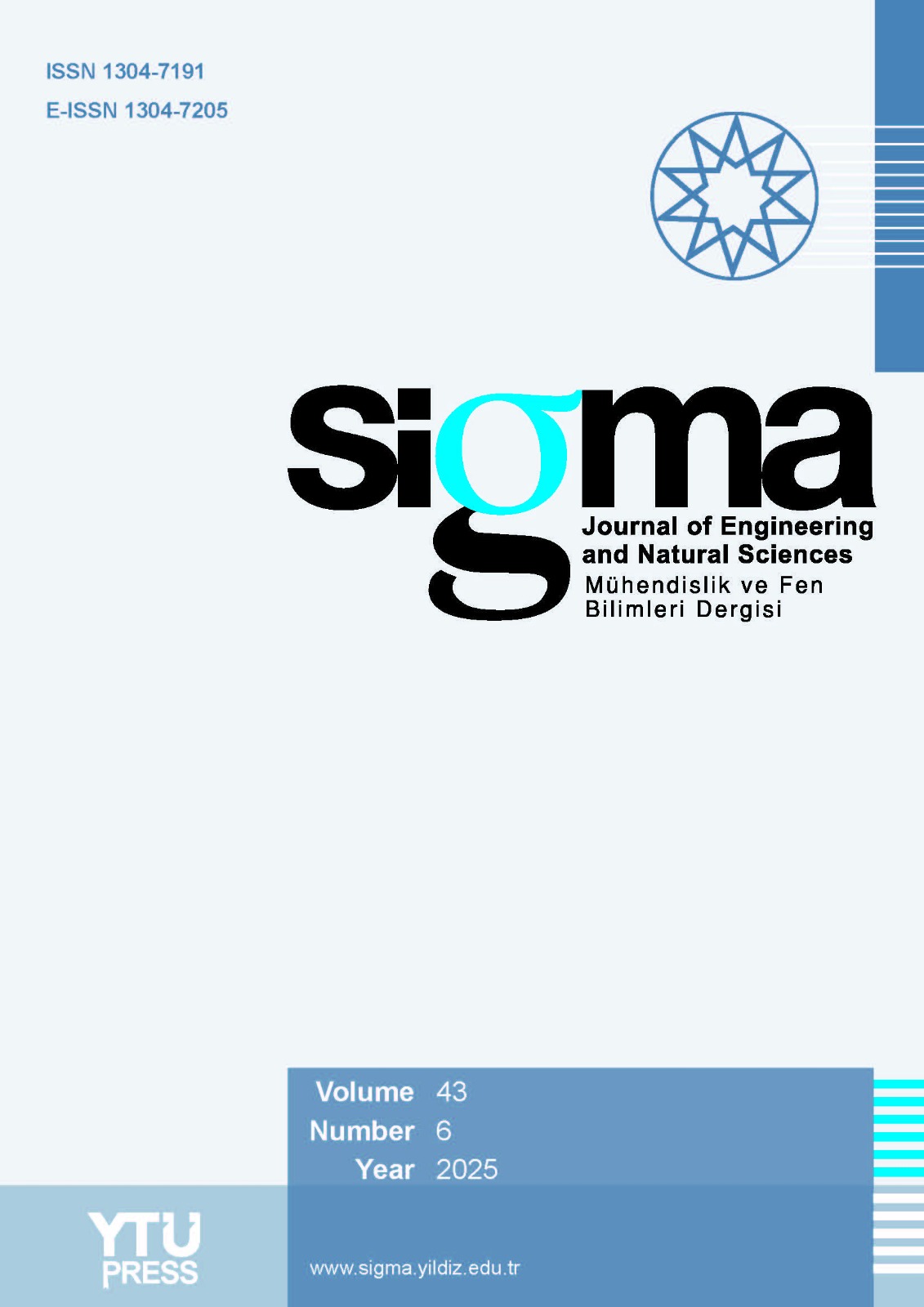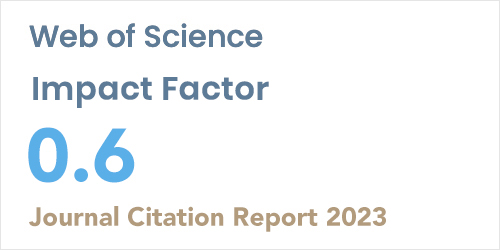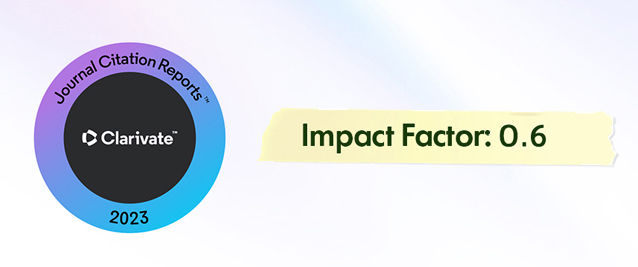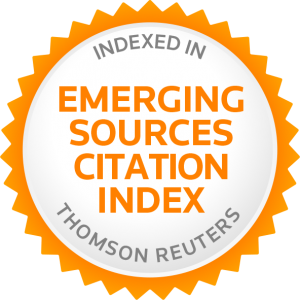2Department of Zoology, University of the Punjab, Lahore, 54590, Pakistan
3Department of Exact Science, State University of Santa Cruz, Ilheus, 95064, Brazil
Abstract
Saccharum spontaneum (Kans grass) is consistent grass of South Asian descent. It is a source of cheap, renewable and common sugars that microorganisms can easily use to substantive and cost-effective compounds. The objective of the present study was to establish better conditions for Kan’s grass pretreatment using the response surface methodology. In the present study, chemical (NaOH) and thermochemical (NaOH followed by steam) pretreatment of the Kans grass was performed. Three independent variables with three different levels, such as: the con-centration of NaOH (0.6, 0.8, 1 % w/v), substrate loading (5, 10, 15 %), and time of reaction (4, 6, 8 hours) were employed for the liberation of total sugars (mg/ml), and total phenol content (mg/ml). In the pretreatment with alkaline steam, the substrate was immersed in an alkaline solution for 4, 6, and 8 hours, followed by autoclaving at 121 °C for 2 hours and at 15 psi. The maximum total sugar value released was 115.58 mg/ml in chemical pretreatment when the optimal conditions were 1 % NaOH concentration, 10 % loading of the substrate, and 4 hours of reaction time. The maximum total phenol value released was 65.25 mg/ml in thermochem-ical pretreatment when the optimal conditions were 1 % NaOH concentration, 10 % loading of the substrate, and 4 hours of reaction time. Statistical analysis of regression model equations and coefficient of determination (R2) tested model significance. Higher F value supports the model’s significance. This study provides a novel approach to optimizing the pretreatment of Saccharum spontaneum for enhanced sugar and phenol extraction, positioning it as a viable feedstock for biofuel production and other sustainable applications.














